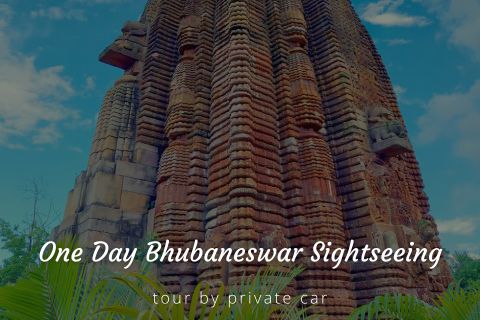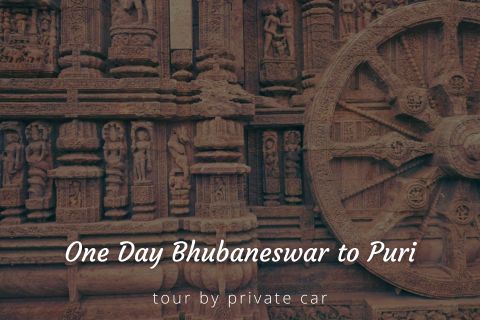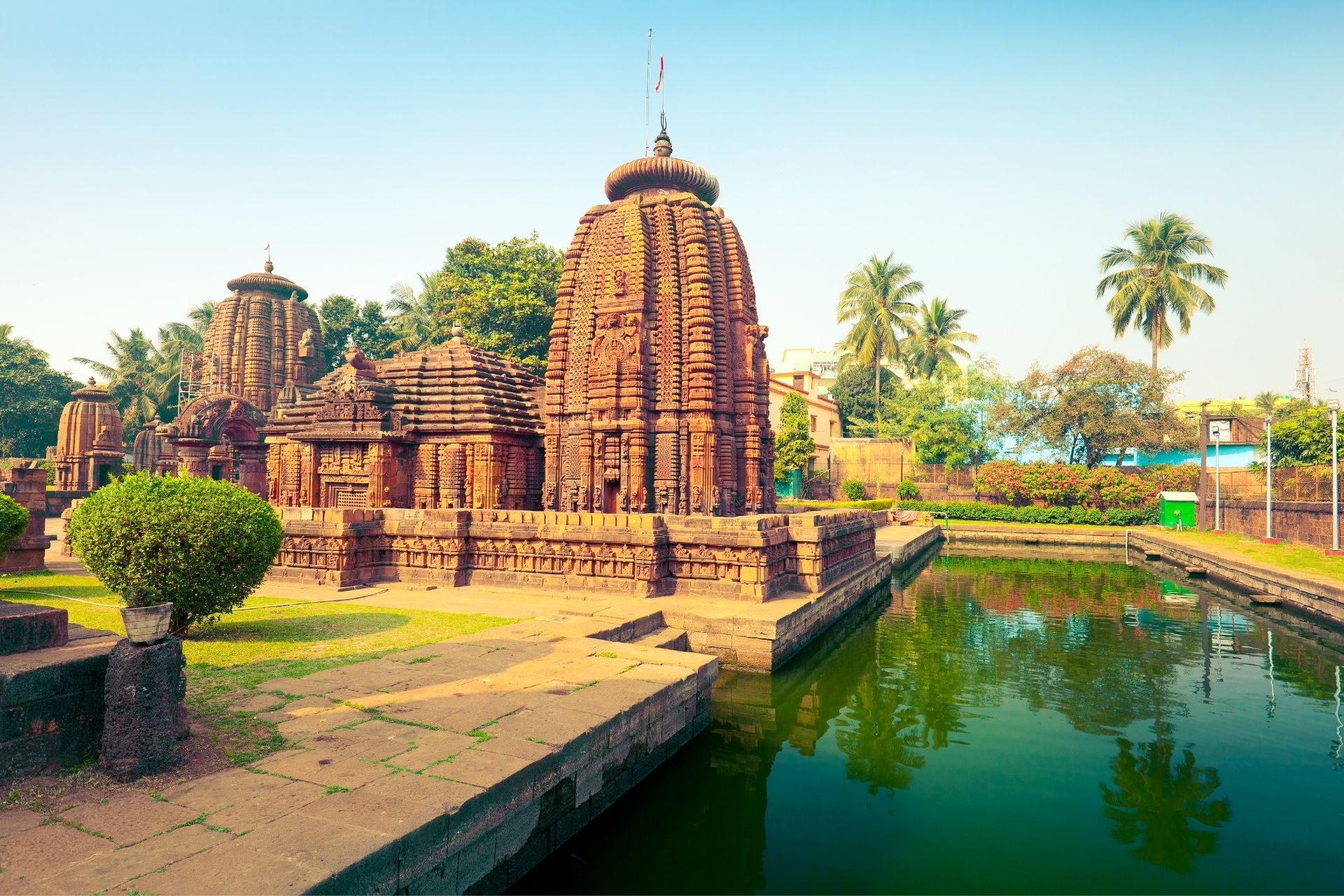Bhubaneswar is an ancient city in the North-East of India, named after the supreme god ‘Lord Shiva’. Popular for its opulent architecture and magnificent temples it is known as the ‘Ekamra Kshetra’ or the ‘Temple city of India’.
The cultural heritage and iconic monuments of this city date back to the third century BC. Inspired by Hindu, Buddhist, and Jain heritage, the city boasts of exquisite architecture including some of the most magnificent Kalingan temples.
Present-day Bhubaneswar was designed by the German architect Otto Königsberger in 1946 and was established in 1949 as the capital and business center of the state of Odisha. Today it is a prominent IT center and a model venue for corporate conferences.
Bhubaneswar is India’s center for religious tourism as its ancient temples attract pilgrims from across the country. The bustling city beautifully blends its primeval past and progressive present. The Lingaraj temple, Parasurameswara temple, and Mukteswara temples are the most revered Hindu temples in the city.
Beyond the astounding architecture, you can look forward to witnessing the enchanting art & craft in its rustic villages and notable museums with antique artifacts of Bhubaneswar Tourism. You can unwind amidst the natural charm and picturesque landscape of Nandankanan Zoological Park and Tikarpada Wildlife Sanctuary.
We have listed down the must-visit places and must-try activities in and around Bhubaneswar. You can experience the culture and heritage of Odisha by exploring these places in Bhubaneswar.
1. Lingaraj Temple
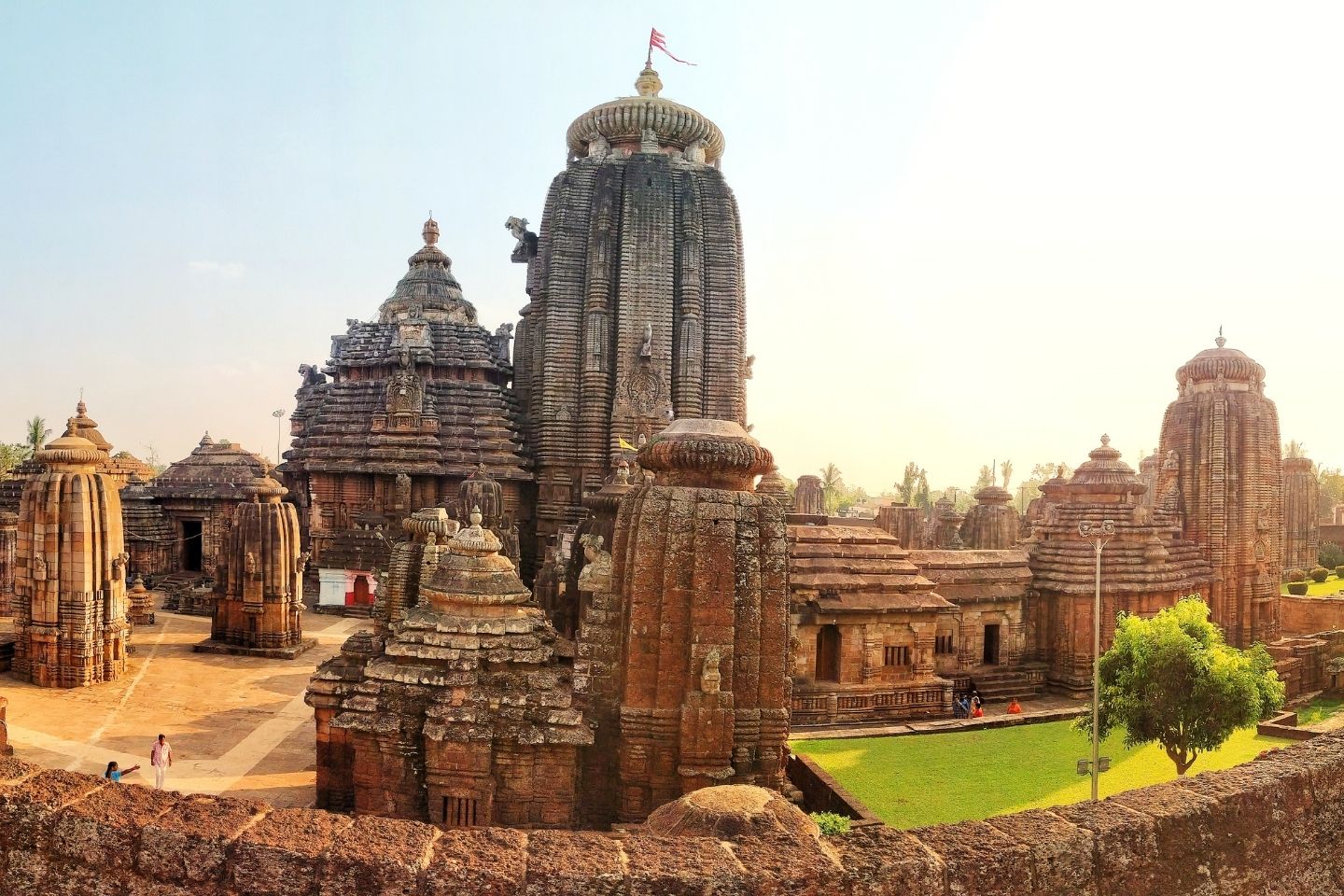
The oldest and largest temple of Bhubaneswar city, Lingaraj Temple is dedicated to Tribhubaneswar (Lord of Three Worlds). The temple is said to have been built in the 11th century by King Jajati Keshari, but a reference to it has been made in the ancient Hindu scripture called ‘Brahma Purana’.
Constructed according to Kalinga style architecture, the 54-meter-high main spire is made up of stones of dark shade. The Garbha Griha houses a self-originated linga (phallic form) of Lord Shiva, known as the ‘Swayambhu’. It is bathed with water, milk, and bhang every day.
Besides the sanctum sanctorum, is a pillared hall (Yajna Shala), a dancing hall (Natya Mandap), and another hall for serving sacrament offerings (Bhoga Mandap). The temple campus is fortified by walls enclosing around 50 smaller shrines dedicated to other gods and goddesses.
The temple is revered by Hindus and is dedicated to Hari-Hara denoting Lord Vishnu and Lord Shiva. You can also see the beautifully dressed statues of Lord Kartikey, Lord Ganesha, and Goddess Parvati in the Nata Temple. Entry to the temple is restricted to Hindu devotees only. However, non-Hindus and foreigners can catch a glimpse of the temple from a raised platform.
The stone vaults of the temple are intricately carved and reflect the authentic Odissi style of architecture. You can visit the temple during February or March to attend the ceremonious Mahashivratri celebrations. The temple is most crowded during the celebration and the spiritual feel and grandeur of the temple are breathtaking.
You can also attend the ‘Rukuna Rath Yatra’ during April to get a glimpse of Lord Chandrasekhar, Rukmini, and Basudev. It is the annual chariot festival of Lord Lingaraj celebrated on the auspicious day of Ashokashtami.
- Timings: 6:30 AM – 7:30 PM
- Entry Fee: Free
2. Hirakud Dam
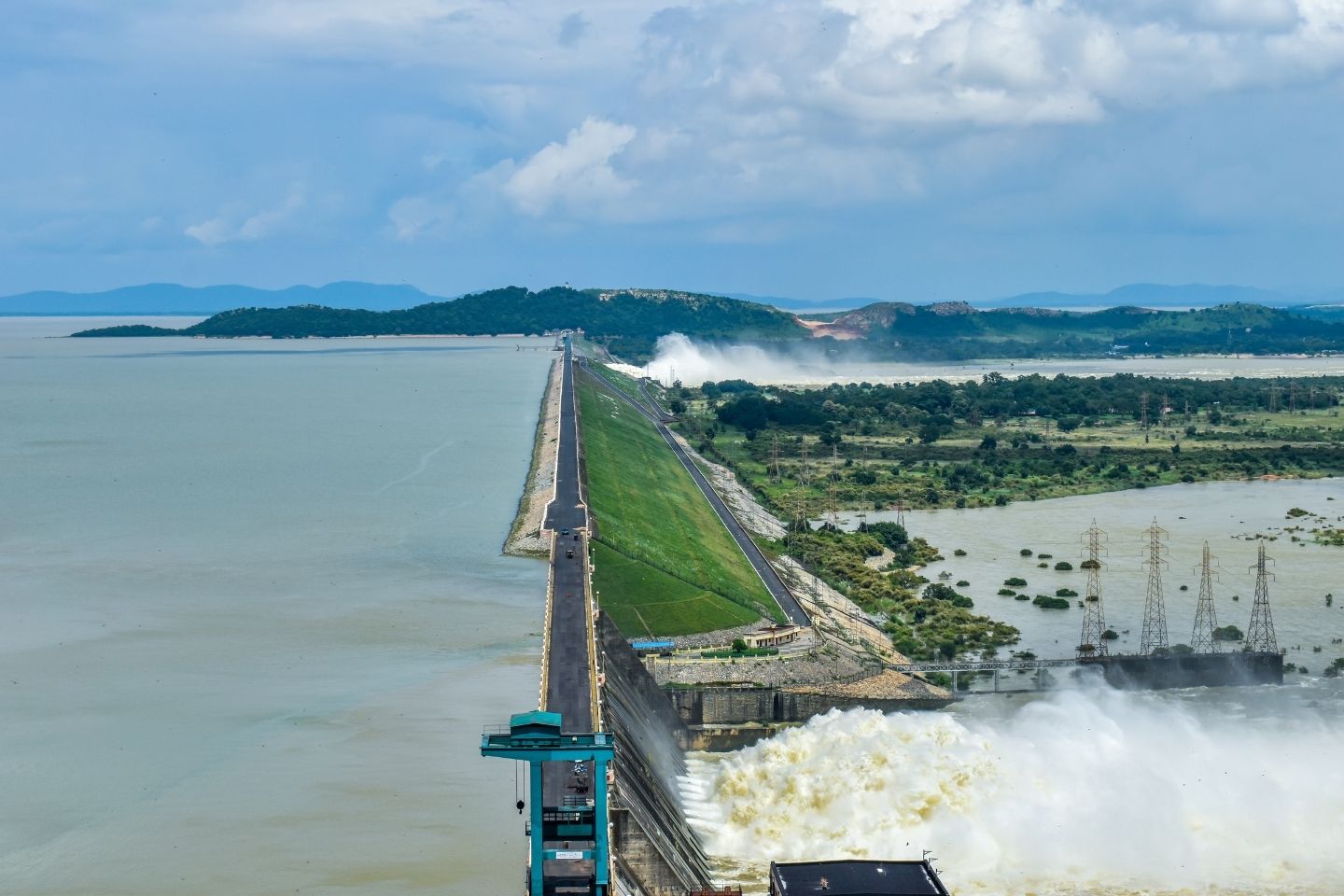
Located around 290 kilometers from the city, Hirakud Dam is built across the mighty Mahanadi River in Sambalpur, Odisha. It is a popular tourist spot in Bhubaneswar as it is the longest man-made dam in the world and one of the earliest river valley projects of India. It was constructed in 1956 to control the devastating floods and droughts in the Mahanadi River Basin.
It is a 56km long architectural wonder that irrigates 7,500,000 hectares of land and generates hydroelectricity. Set in a scenic backdrop of Burla and Hirakud Hills, it is surrounded by lush greenery offering visitors a respite from the bustle of the city.
For an enthralling experience, you can drive through the 21-kilometer road over the dam and get awe-inspiring views of the verdant surroundings. You can unwind amidst the natural abundance at the Hirakud Dam. You can also enjoy the quaint atmosphere at the nearby Jawahar Udyan Park maintained by The Water Resources Department.
For a bird’s eye view of the river and luxuriant expanse, you can climb up to the nearby Gandhi and Nehru Minarets. You can also spend time bird watching as the dam is home to several bird species like common pochards and great crested grebes.
There are several revered temples in the area such as Budhraja Temple, Ghanteswari Temple, Samaleswari Temple, and the Leaning Temple of Lord Shiva. They are thronged by pilgrims from across the country. Alongside the surreal experience at the dam, you can seek blessings at these venerated temples too.
- Timings: 6:00 AM – 6:00 PM
- Entry Fee: Free
3. Parasurameswara Temple

Built during the reign of the Shailodbhava dynasty in 650 A.D., the Parasurameswara temple is a specimen of the evolution of Oriya architecture. It ostentatiously displays the Deul (tower) and Jagmohana (hall) which were the classic features of temple architecture prevalent in Odisha in those times.
The small temple is ornately decorated with sculptures of many Hindu gods like Lord Shiva, Lord Ganesha, Goddess Parvati, animals, and several floral motifs. The mythological scenes carved on the outer walls of the shrine are a testament to its antiquity. The temple is dedicated to Lord Shiva who is worshipped as Parasurameswar.
Additionally, Goddess Shakti is represented by the Saptamatrika and the Asta Grahas (eight planets) adorn the entrance door. It also houses the Sahasralingam (one thousand Lingas) in its north-west corner. If you visit the temple in July you can attend the Parasumastami festival celebrated in the complex.
- Timings: 5:00 AM – 6:00 PM
- Entry Fee: Free
4. Rajarani Temple
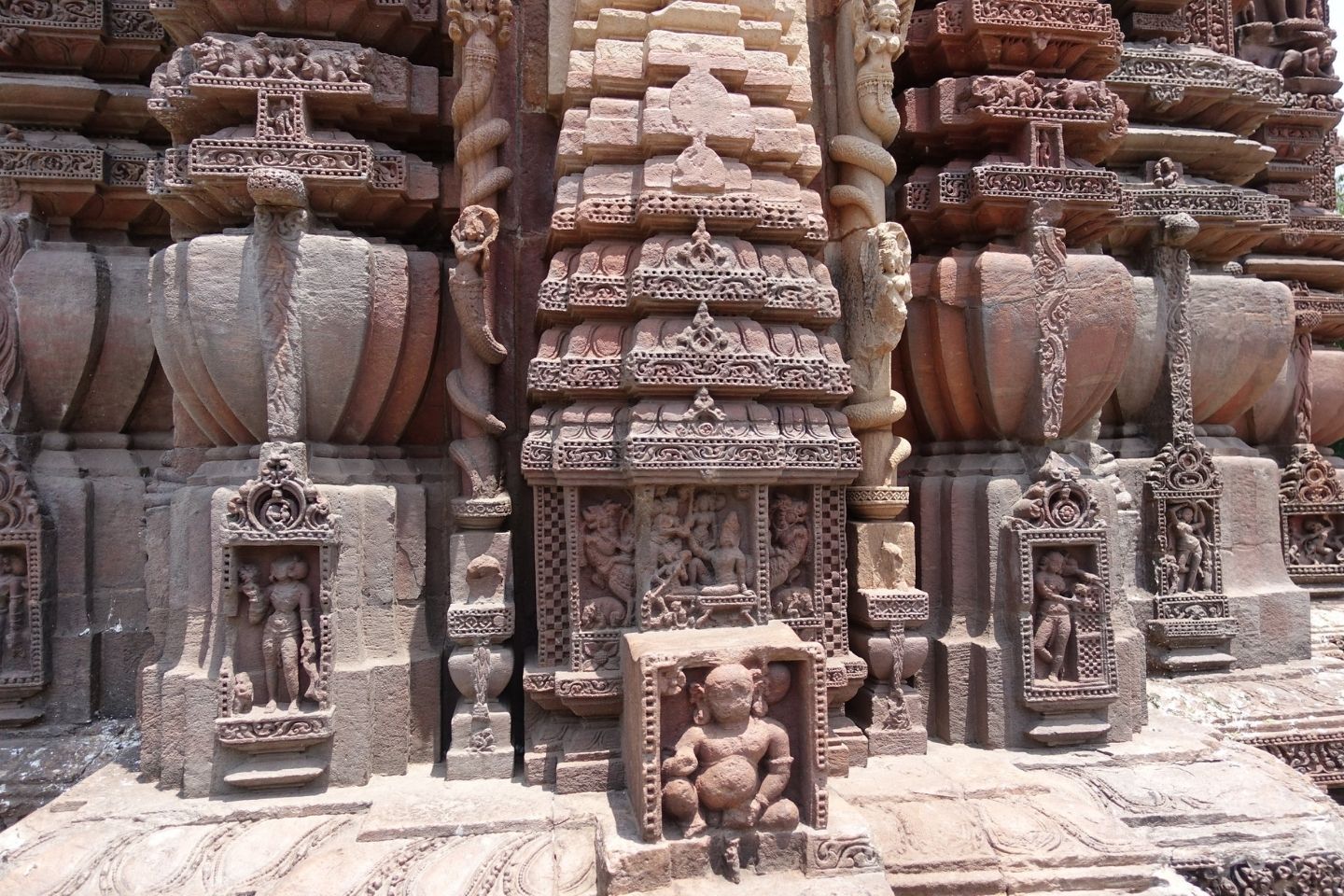
Rajarani Temple is an architectural masterpiece from the 11th-century, preserved by the Archaeological Survey of India (ASI). It is a Hindu temple popularly addressed by the locals as the 'love temple' and built towards the end of the Somavasi regime.
As there are no images inside the sanctum, the temple is not associated with any particular sect of Hinduism. Historians proclaim the temple was earlier called the Indresvara Temple and was dedicated to Lord Shiva. The carvings on the walls also indicate its association with Shaivism.
Historians believe the Rajarani Temple has inspired the architecture of other temples in central India like the Kandariya Mahadev temple of Khajuraho and the Totesvara Mahadeo temple in Kadawa. The temple gets its name from the red and yellow sandstone called Rajarania used in its structure.
Apart from the spiritual ecstasy of the temple, you can also spend some quiet time at the well-maintained parks around it. If you’re a classical music lover you can also attend the Rajarani Music Festival organized by the Tourism Department of Odisha in February each year.
- Timings: 6:00 AM – 9:00 PM
- Entry Fee: ₹25 (Indians), ₹250 (Foreigners)
5. Bindu Sarovara
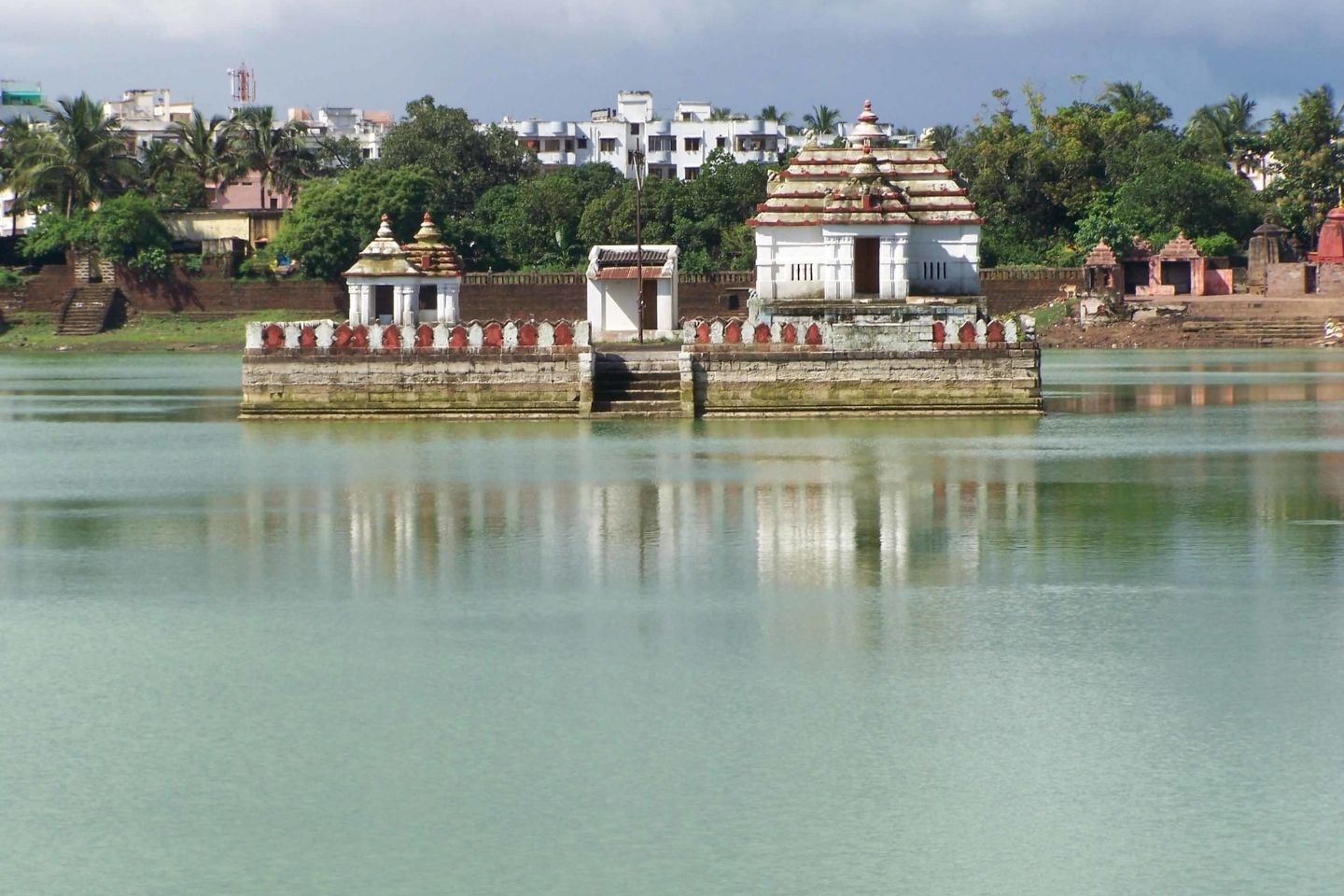
Bindu Sarovara or the Bindu Sagar Lake is among the most sacred lakes of Orissa and the largest water body in Bhubaneswar. The lake is 1,300 feet long and 700 feet wide and encompasses a tiny island with several shrines. It is surrounded by several other temples, the main ones being the Lingaraja temple and Anant Vasudeva temple.
As per historians, there are 17 water tanks strategically located near temples, and the Ocean Drop Tank or Bindu Sarovara is located near the Lingaraja temple. It has special significance as it is said to contain water from all holy water bodies of India. Legend has it that the lake was created by Lord Shiva to quench the thirst of his wife, Goddess Parvati. The sacramental water of the lake is believed to cure diseases and wash away sins.
Visiting Bindu Sarovar is customary for pilgrims visiting the Lingaraja Temple. During the Ashokashtami festival, the main deity from the Lingaraja Temple is bathed in the Bindu Sarovar. The chariot procession is accompanied by enthusiastic devotees and those who wish to catch a glimpse of the deity. The tranquil and peaceful atmosphere of the lake attracts locals and tourists to spend a relaxing day with their family.
- Timings: 6:00 AM – 8:00 PM
- Entry Fee: Free
6. Brahmeswara Temple
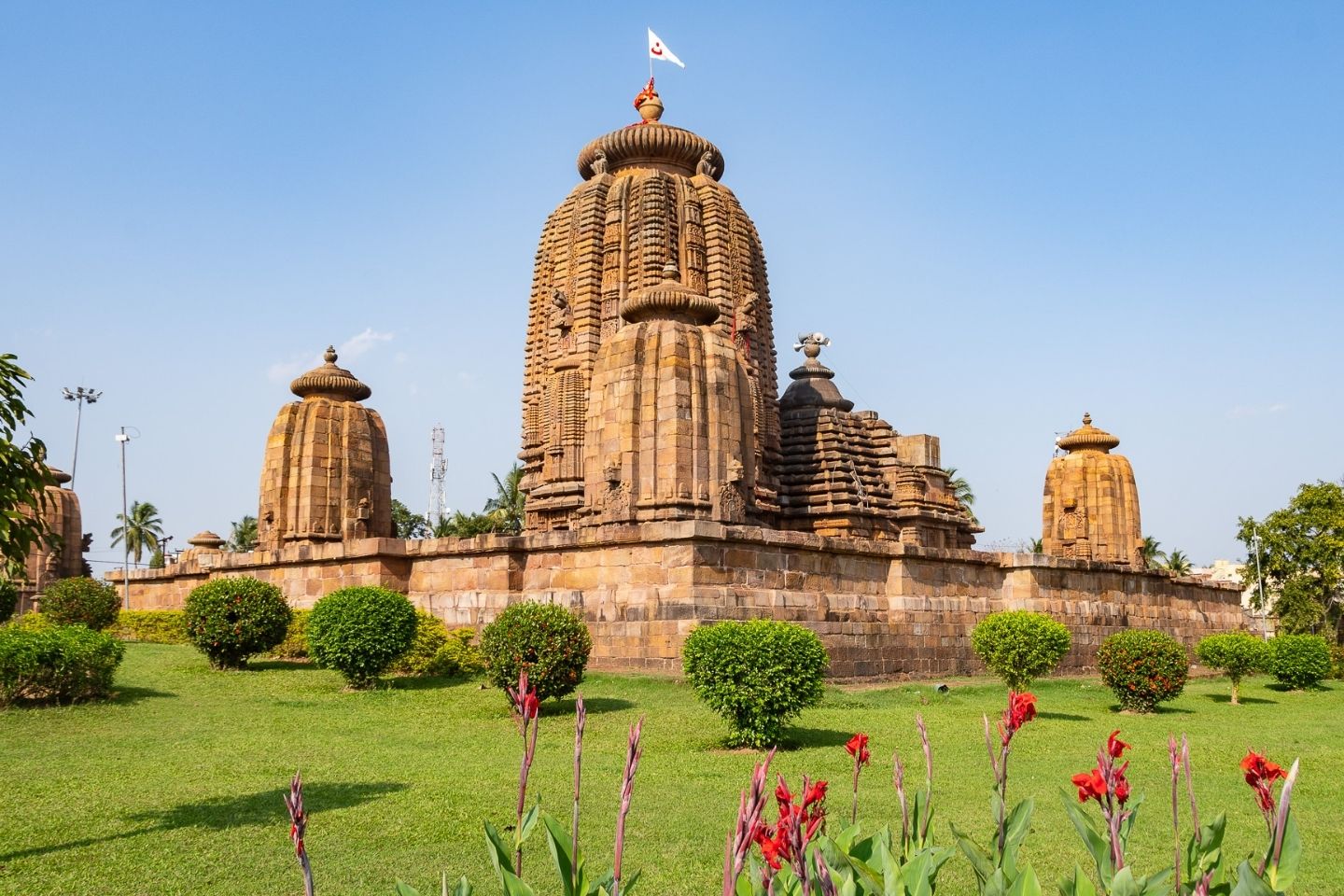
The Brahmeswara Temple was built in the 9th century under the aegis of King Udyotakesari of the Somvasi dynasty. It is a famous Hindu temple dedicated to Lord Shiva and is thronged by Hindu pilgrims and followers of the Tantric way of worship from across the country.
The elegant architecture of this revered temple makes it popular among tourists and historians. Sculpted out of pyramidal stones, the temple is built in the Panchyatana layout comprising an 18.96 meters high main shrine over the sanctum and 4 smaller shrines on each of its corners. Lord Shiva is the presiding deity of the temple, in the form of a Shiva Linga made of black stone located in the sanctum.
The typical aspects of Kalinga architecture have also been blended in well by dividing the temple into major two sections - the Vimana and the Jagmohana. The pyramid shape of the temple and immaculate carvings on its sandstone walls and wooden structures add to its beauty, making it stand out in comparison to the other temples in Odisha.
The lush and well-maintained gardens around the temple add a sense of tranquillity to it. The archeological site is an ideal spot exploring the rich culture of Odisha while enjoying a family outing.
- Timings: 5:00 AM – 9:00 PM
- Entry Fee: Free
7. Satkosia Gorge Wildlife Sanctuary, Tikarpada
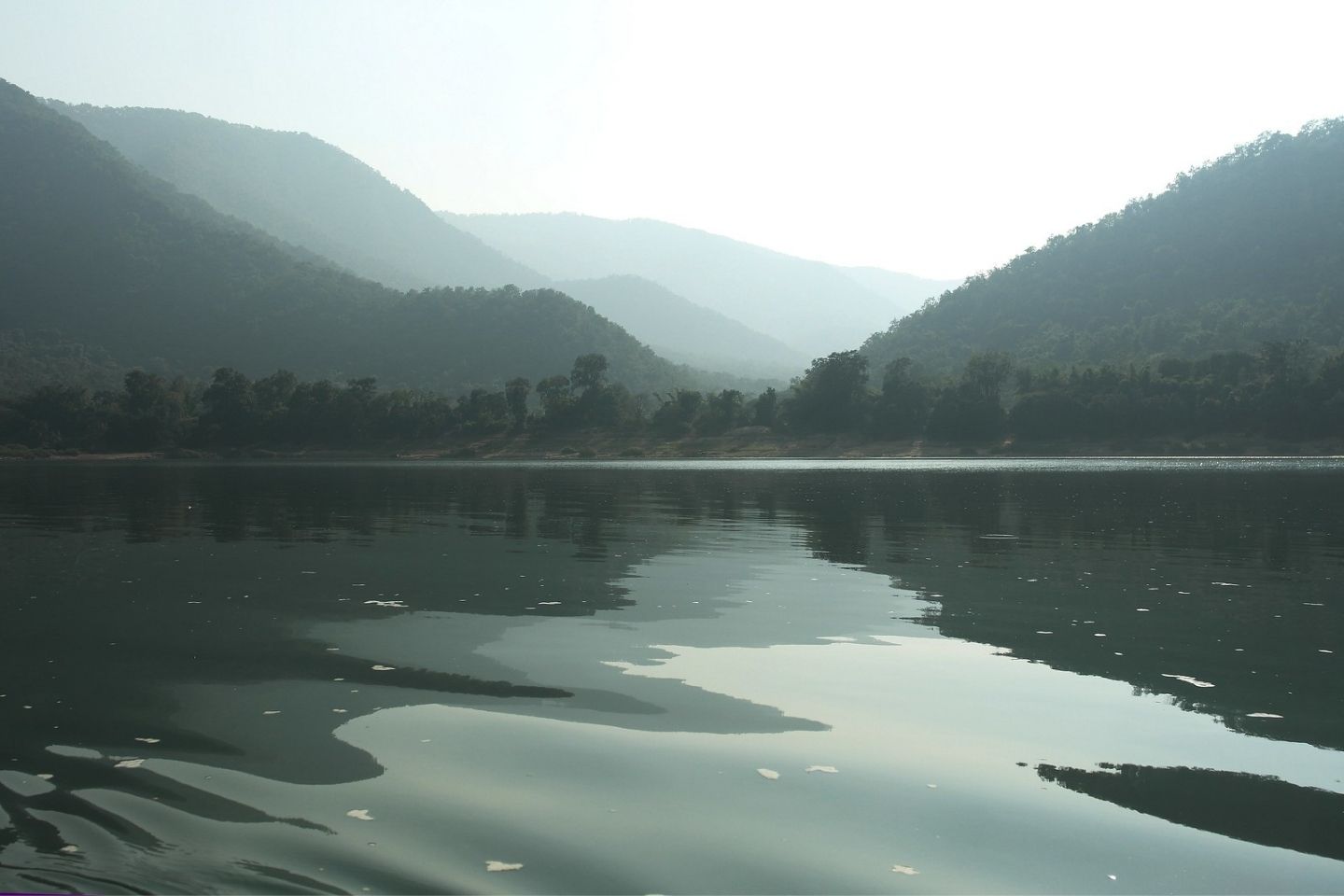
Located around 140 kilometers from the city, The Tikarpada Wildlife Sanctuary is a natural reserve for several species of wild animals including crocodiles. Sprawling across 795.52 square kilometers around the banks of River Mahanadi including the famous Satkosia gorge, the sanctuary is home to a wide variety of species of animals, birds, and plants.
Tikarpada Wildlife Sanctuary is the hub of eco-tourism in the state. It offers natural habitat to tigers, leopards, rhesus macaques, gaurs, spotted deer, elephants, four-horned antelopes, sloths, gharial, snakes, turtles, and many others. You can witness the preservation center cum breeding grounds of Gharial especially prepared to facilitate the process by giving them the right atmosphere.
In addition to wild animals, you can also spot birds such as the Indian Pitta and Red Jungle Fowl. Frequently visited by animal lovers and nature enthusiasts, the sanctuary gives visitors a chance to explore the unrestricted beauty of the wild.
Being the perfect destination for nature lovers and adventure junkies, Tikarpada is ranked as the best Family Holiday Destination in the state. You can have an enthralling experience trekking or camping in the sanctuary and enjoy water sports such as fish angling, motor-boat rides, and river rafting.
- Timings: 6:00 AM – 6:00 PM
- Entry Fee: ₹20 (Indians), ₹1000 (Foreigners)
8. Mukteswara Temple
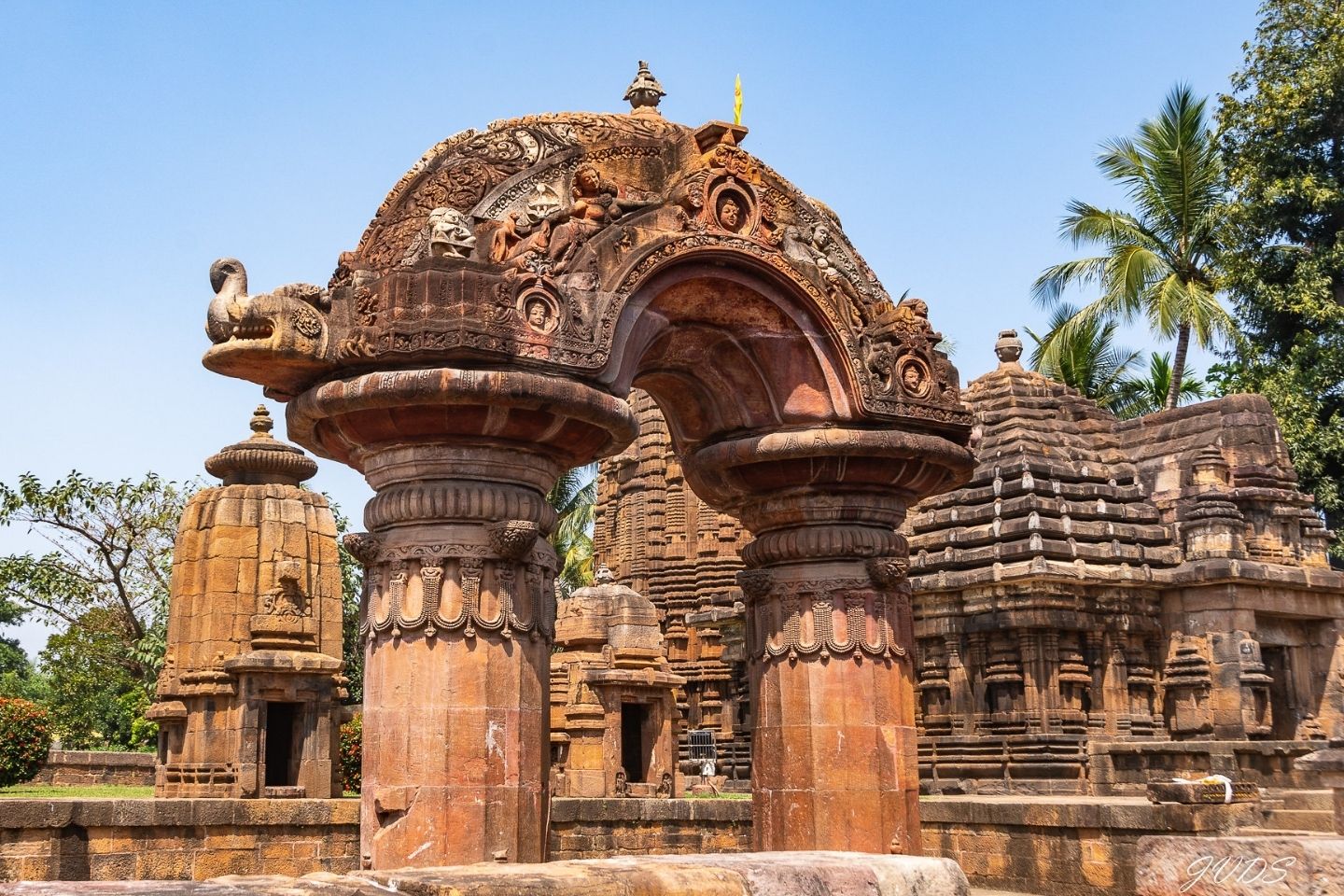
Dedicated to Lord Shiva as the Lord of spiritual freedom, Mukteswara Temple was built in the 10th century and is among the earliest temples built by the Somavamsi dynasty. Well known for its sculptural excellence it marks the evolution of the Kalinga style of architecture and owing to its beauty it is regarded as the ‘Gem of Odisha’.
The temple plays an important role in the study of the historic development of Hindu temples in Odisha and is thus preserved under the Protected Monuments of India. It’s a massive 35 feet high west-facing structure built in sandstone constructed under the aegis of King Yayati I.
It contains all elements of Pitha Deula type of Oriya architecture such as a decorative entrance porch (Torana), the sanctum (Vimana), and the leading hall (jagamohana). The beautiful Torana of the temple is one of the most photographed architectural structures of India. Exquisitely sculpted pillars and carved walls of the temple depict scenes from the ancient Panchatantra stories. The temple is home to several shrines and numerous Lingas of Lord Shiva. You can witness the enchanting exteriors carved with motifs and large diamond-shaped lattice windows.
Another attraction that drives tourists each year from 14th to 16th January is the Mukteswar Dance Festival organized by the Odisha Tourism Board. It is graced by veterans of Indian classical dance and is a mesmerizing experience to witness the richness of Odisha’s cultural heritage through the dance and celebration at the festival.
- Timings: 6:30 AM – 7:30 PM
- Entry Fee: Free
9. Odisha State Tribal Museum
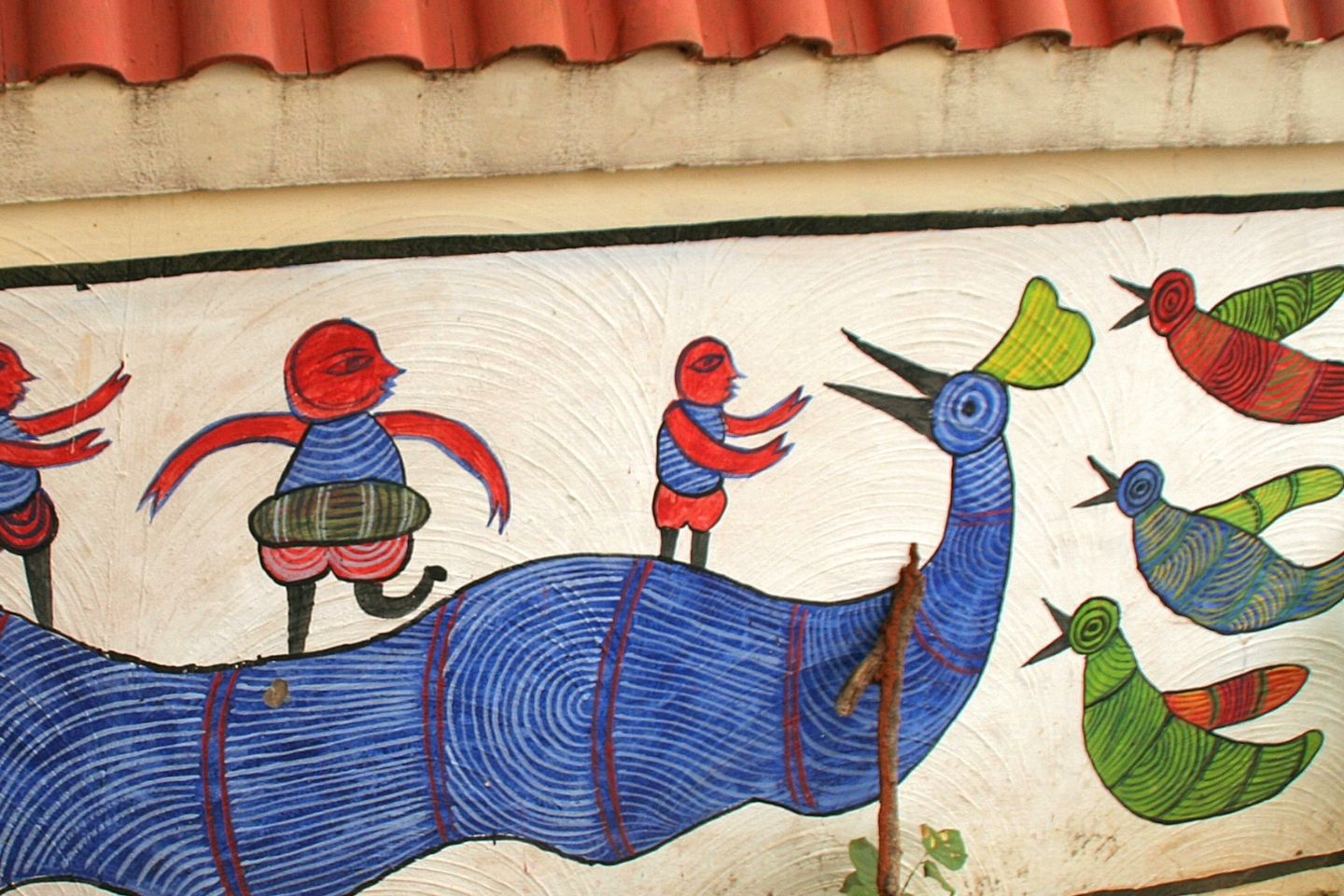
Located at the CRP Square in Bhubaneswar, the Odisha State Tribal Museum is dedicated to the 62 tribes of Odisha. It was established in 1953 as the Museum of Tribal Arts & Artefacts to represent the cultural richness of indigenous tribes.
In 2001 the new building of the museum was inaugurated and it was renamed as Odisha State Tribal Museum and interests tourists seeking an insight into the tribal life in the region. The museum has been developed on the concept of “Museum of Man” and is popularly known as the ‘Tribal Museum’.
You can witness replicas of tribal huts, attire, ornaments, weapons, farming equipment, and artifacts collected from different tribal communities of the state. Their way of conducting life including traditions and food habits has been displayed along with details of the evolution of each tribe.
In 2010 the museum was recognized by UNESCO as the ‘Best Tribal Museum of India’ in comparison to the 21 other tribal museums in the country. The live craft kiosk gives you a demonstration of the everyday tribal practices. For deeper anthropological research you can spend some time at the well-stocked library on the premises. You can also shop for souvenirs at the shop in the museum.
- Timings: 10:00 AM – 5:30 PM (Closed On Mondays)
- Entry Fee: ₹20 (Adult), ₹10 (Child)
10. Nandankanan Zoological Park
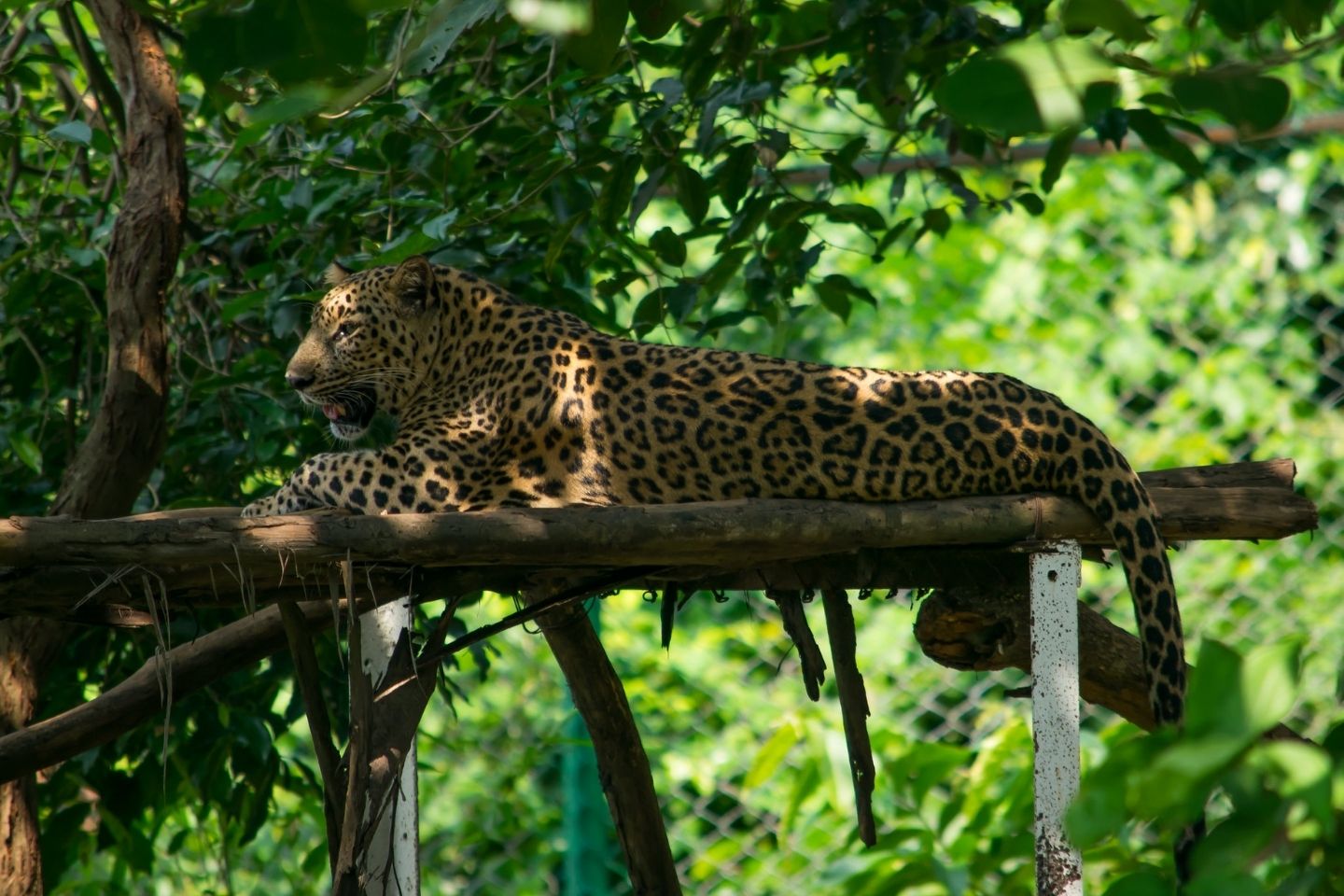
Located 20 kilometers away from Bhubaneswar, Nandankanan Zoological Park is a zoo set up amidst the forest of Chandaka. Established in 1960 as a bastion of white tigers the zoo was converted into a natural reserve upon the recommendation of National Geographical Magazine. Stretching over an area of 4.37 sq km, the park offers a natural habitat to the rare species of flora and fauna.
The reserve is famous as the first zoo in the world which provides a safe breeding ground for Melanistic and White Tigers. Besides the endangered white tigers and crocodiles, the park is also home to a wide variety of mammals, reptiles, and rare species of birds. You can look forward to watching the rare wild animals such as the Asiatic lion, Orangutan, lion-tailed macaque, Nilgiri langur, Burmese python, Himalayan black bear, mouse deer, rhesus macaque, and blackbuck.
In addition to beautiful local birds, several migratory birds flock to the reserve making it a bird watcher’s paradise. You can spot white peacock, blue & yellow macaw, spotted munia, open billed stork, green-winged macaw, and Cinereous Vulture. The serene lake and lush greenery attract tourists and locals to enjoy a relaxing day with friends and family. Other attractions include jungle safari, reptile park, butterfly garden, toy train ride, and boat rides in the lake.
- Timings: 8:00 AM – 5:00 PM (Closed On Mondays)
- Entry Fee: Free
11. Shri Ram Mandir

A recent addition to the city, Ram Mandir is a temple dedicated to Lord Rama situated in Kharavel Nagar, Janpath. The temple houses attractive images of Lord Rama (incarnation of Lord Vishnu), Goddess Sita, and Lord Lakshmana. The complex also houses dedicated shrines for Lord Hanuman, Lord Shiva, and many other deities.
Devotees from across the country visit the temple around the year. The eminent architecture of the temple and bright colors add to its beauty. The temple is located in the heart of the city and the high-rising spires on its Shikharas are easily visible from afar.
You can seek blessings and celebrate major Hindu festivals like Ram Navami, Vivaha Panchami, Shivratri, Rakshabandhan, Janmashtami, Dussehra, and Pana Sankranti at the temple. You can enjoy delectable Oriya dishes at the street food stalls in the neighborhood.
- Timings: 5:30 AM – 12:00 PM, 4:30 PM – 9:30 PM
- Entry Fee: Free
12. Ekamra Kanan
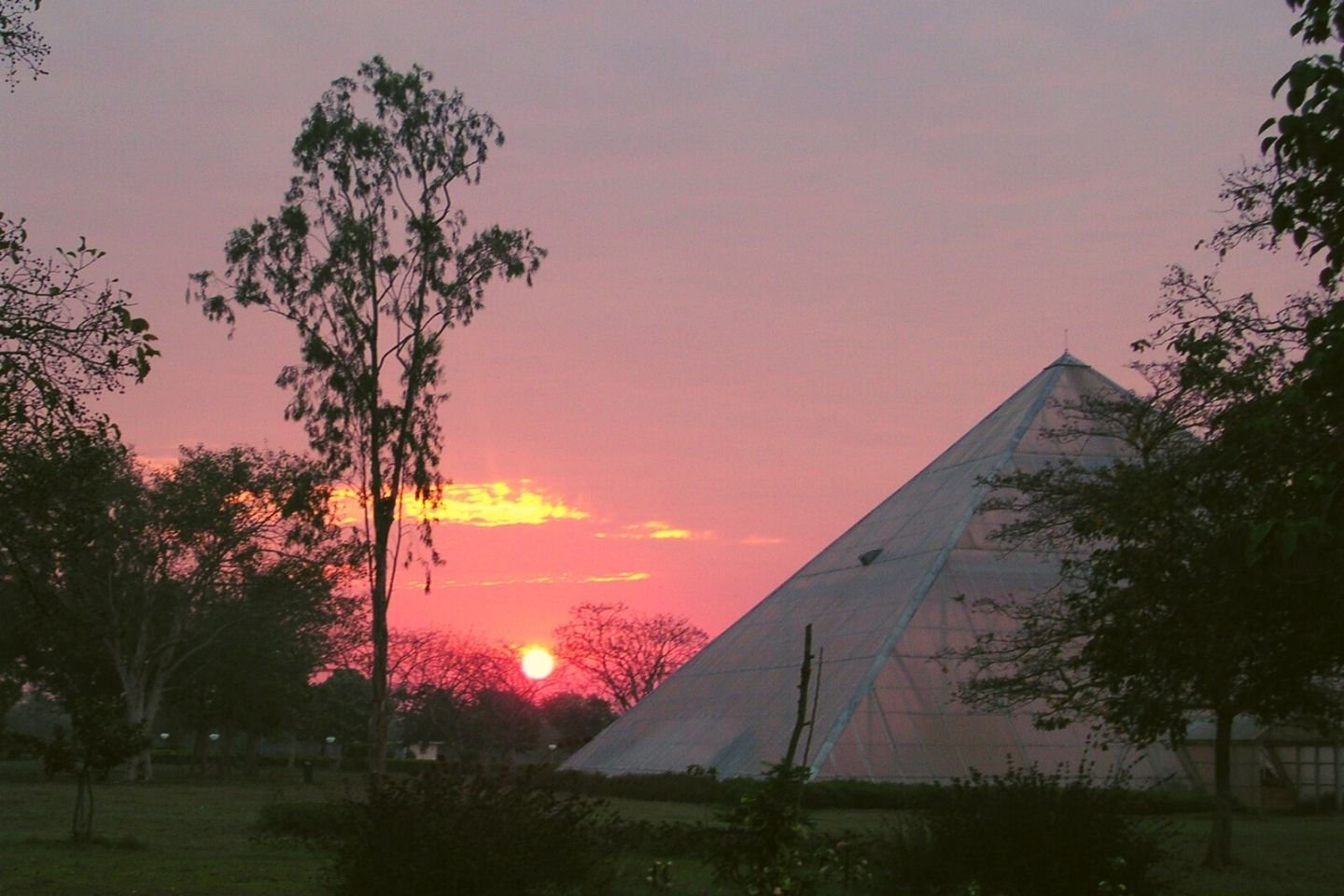
Ekamra Kanan is a botanical garden situated at Saheed Nagar, Nayapalli. The lush greenery spread over 512 acres attracts nature lovers from across the country. The park has an impressive rose garden, a nursery with a wide variety of flowers, and a serene lake.
Since 2006, a ‘State Level Annual Flower Show’ is also organized in January each year, which attracts botanical experts and nature enthusiasts alongside tourists and locals. You can plan a family picnic to spend a day in the lap of nature. The kid's zone has slides, swings, and fun games to keep them occupied while you unwind away from the routine life rush. You can also enjoy a boat ride over the lake.
- Timings: 6:00 AM – 8:00 PM
- Entry Fee: ₹40 per person
13. Chausath Yogini Temple
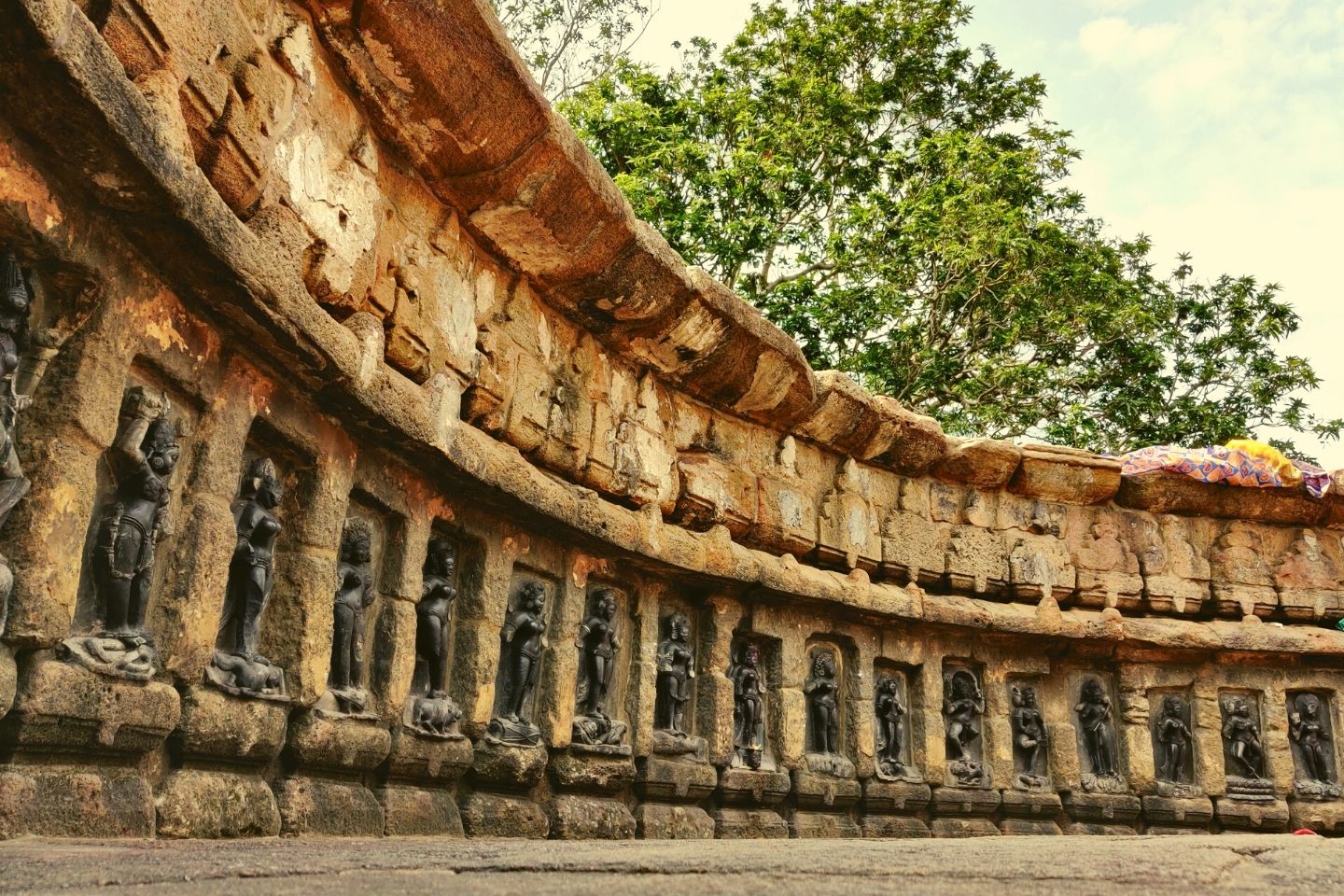
One of the four Chausath Yogini Temples in the country, the temple at Hirapur is situated on the bank of Bhargavi River. The only active temple of its kind, it is one of the prominent tourist places to visit in Bhubaneswar.
Built-in the 9th century by Queen Hiradevi of the Bhauma dynasty the temple is also known as the Mahamaya Temple. The sandstone temple is circular with a thirty feet diameter and a height of eight feet, making it the smallest Yogini temple of the country. Unlike the prevalent Oriya temple architecture with the linear layout and high rising pyramidal roofs, the Yogini temples were round and had almost no roof.
The temple rituals are of tantric nature and in accordance with local rural and tribal traditions. The presiding deity of the temple is Goddess Mahamaya who is adorned in red attire and vermilion. The 64 Yogini statues are sculpted from fine grey chlorite stone.
The sensuous figures of the Yoginis are decorated with ornaments such as necklaces, armlets, bangles, earrings, and weapons such as bows and arrows. Few others are depicted playing musical instruments or standing on human heads, roosters, and peacocks. The locals of Hirapur still worship the deities in the temple while tourists and historians visit the temple out of curiosity.
- Timings: 6:00 AM – 7:00 PM
- Entry Fee: Free
14. Kedar Gauri Temple

Kedar Gauri Temple is one of the Asthasambhu Temples (eight temples in Bhubaneswar dedicated to Lord Shiva). The temple complex is situated behind the Mukteswara Temple and has two distinct temples dedicated to Lord Shiva and Goddess Gauri respectively. It was built by King Lalatendu Kesari in the 12th century.
The Kedar temple is south facing and the presiding deity is Kedareshwar in the form of a Shiva Linga. The temple is revered and visited by lovers intending to get married as they seek blessings for a blissful marital life. The temple complex also has two sacred ponds Khira Kund and Marichi Kund. Humans can attain moksha (freedom) from the cycle of birth and death by taking a dip in the holy Khira Kund.
The water from Marichi Kund is believed to be powerful enough to cure infertility in women. The marriage of Shiva and Parvati during the Shital Sasthi Festival is a major attraction for devotees and tourists. You can attend the grand procession in May. It starts from the Lingaraja temple by taking Lord Shiva to marry Goddess Gauri at this temple.
- Timings: 12:00 AM – 12:00 AM
- Entry Fee: Free
15. Biju Patnaik Park
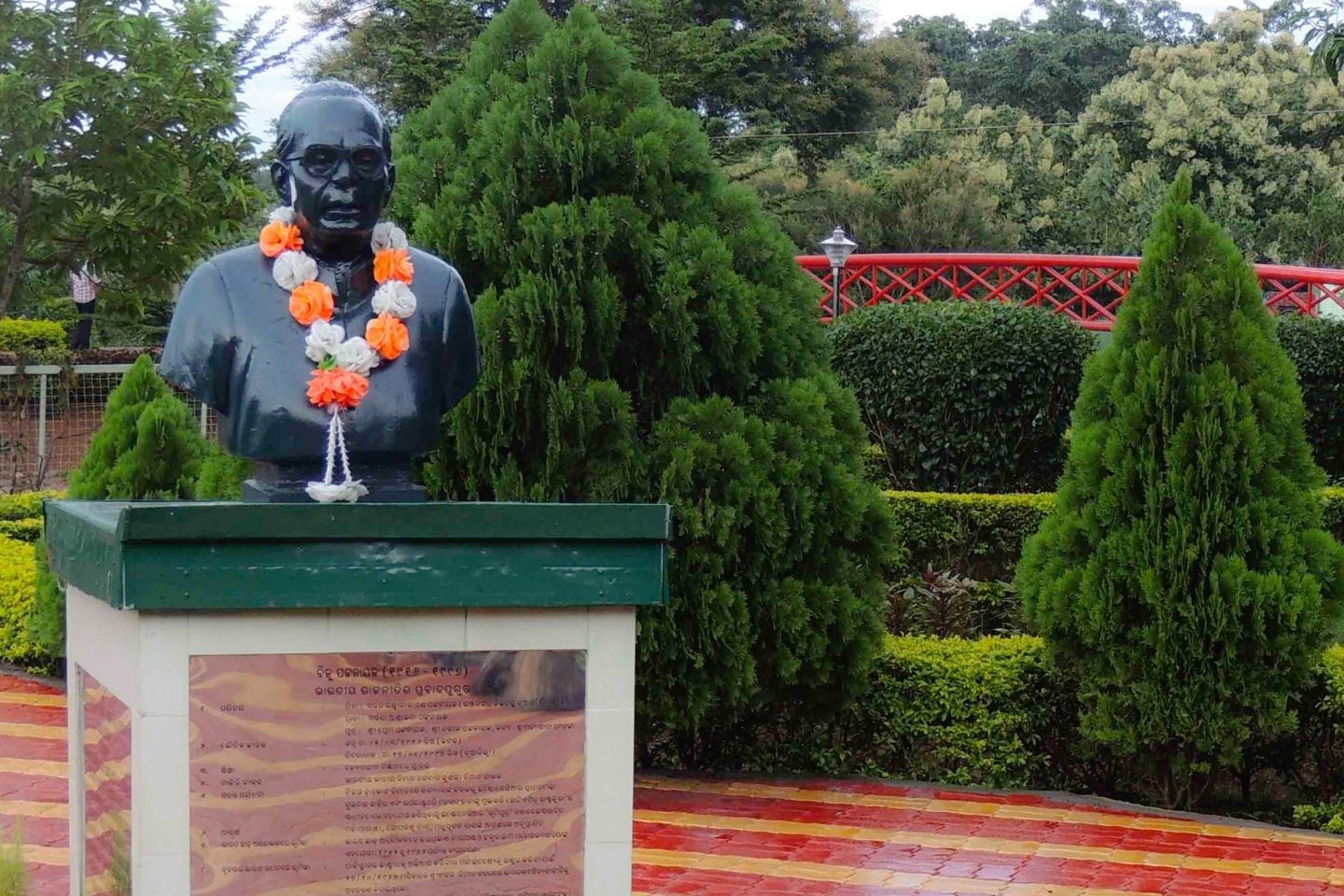
Located in Berhampur, the Biju Patnaik Park is dedicated to the former chief minister of the state. The park covers an area of about 23 acres including three water bodies. It was formerly known as the ‘Forest Park’ owing to the wide variety of flora and fauna thriving in the area. It has a pristine ambiance which is complimented by jogging tracks, open-air gymnasium, musical fountains, rosarium, and rockeries to keep the visitors engaged.
It is a popular getaway among the locals as it has a dedicated play area to keep children occupied. The main sightseeing attraction for tourists visiting the park is the floating mountain and the statue of Late Shri Biju Patnaik unveiled in 2002. The park is mostly crowded during the early morning hours or the late evening hours as the weather is pleasant during these times. Several local clubs like yoga club, laughter therapy club are also operated by regular visitors of the park.
- Timings: 4:00 AM – 12:00 PM, 3:00 PM – 9:00 PM
- Entry Fee: Free
16. Regional Museum of Natural History
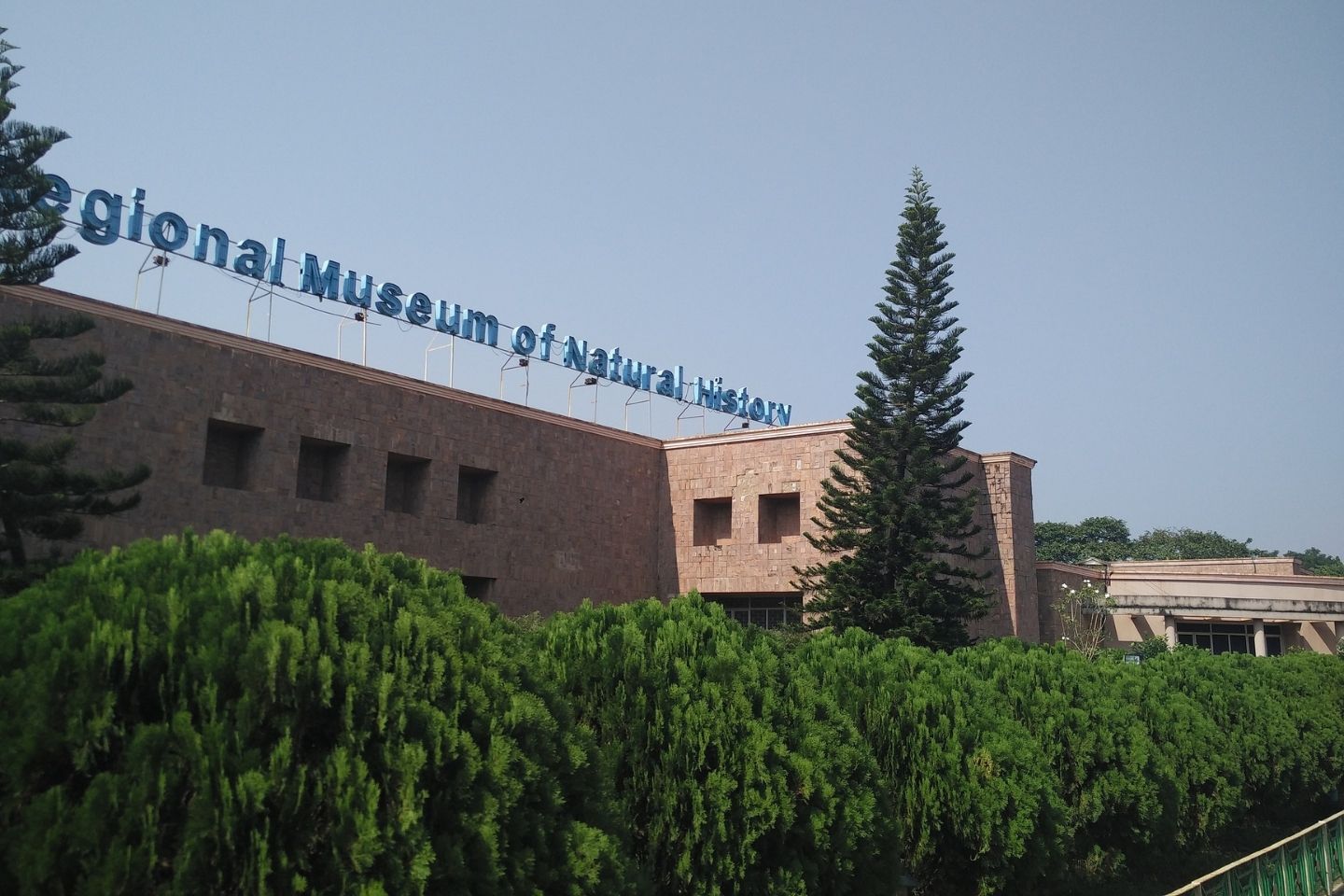
Regional Museum of Natural History was established in 2004 under the aegis of the Ministry of Environment and Forests, Government of India. It was laid down to impart non-formal environmental education and generate awareness about the conservation of natural resources.
Being one of its kind among the museums in Eastern India it boasts of unique and rare natural exhibits. The incredible collection of skeletons of rare and extinct animals attracts paleontologists and researchers from across the world. A wide variety of plants and flowers are also on display which lures nature enthusiasts.
The taxidermy section displays preserved animals, butterflies, reptiles, and moths. Among the most attractive exhibits is the rare fossil of an egg of the extinct Elephant Bird and the skeleton of Baleen Whale. A special children’s gallery keeps the little ones engaged through interactive displays.
- Timings: 10:00 AM – 6:00 PM (Closed On Mondays)
- Entry Fee: Free
17. Deras Dam

Deras Dam is the third largest dam in Odisha. It is located 25 kilometers away from Bhubaneswar within the Chandaka National Park. The dam was primarily built as an irrigational project but soon became an eco-tourism spot owing to the beauty of its surroundings. The mesmerizing natural charm of the place attracts tourists and locals alike. It has become a popular picnic spot as the serene atmosphere allows visitors to relax and unravel their stress.
The rainwater reservoir and a nearby hilltop cottage offer astounding panoramic views of the verdant surroundings. You can enjoy a 40 kilometer guided safari of the Chandaka elephant sanctuary and even book the hilltop cottage for a night stay.
- Timings: 10:00 AM – 5:00 PM
- Entry Fee: ₹40 per person
18. Vaital Deul Temple
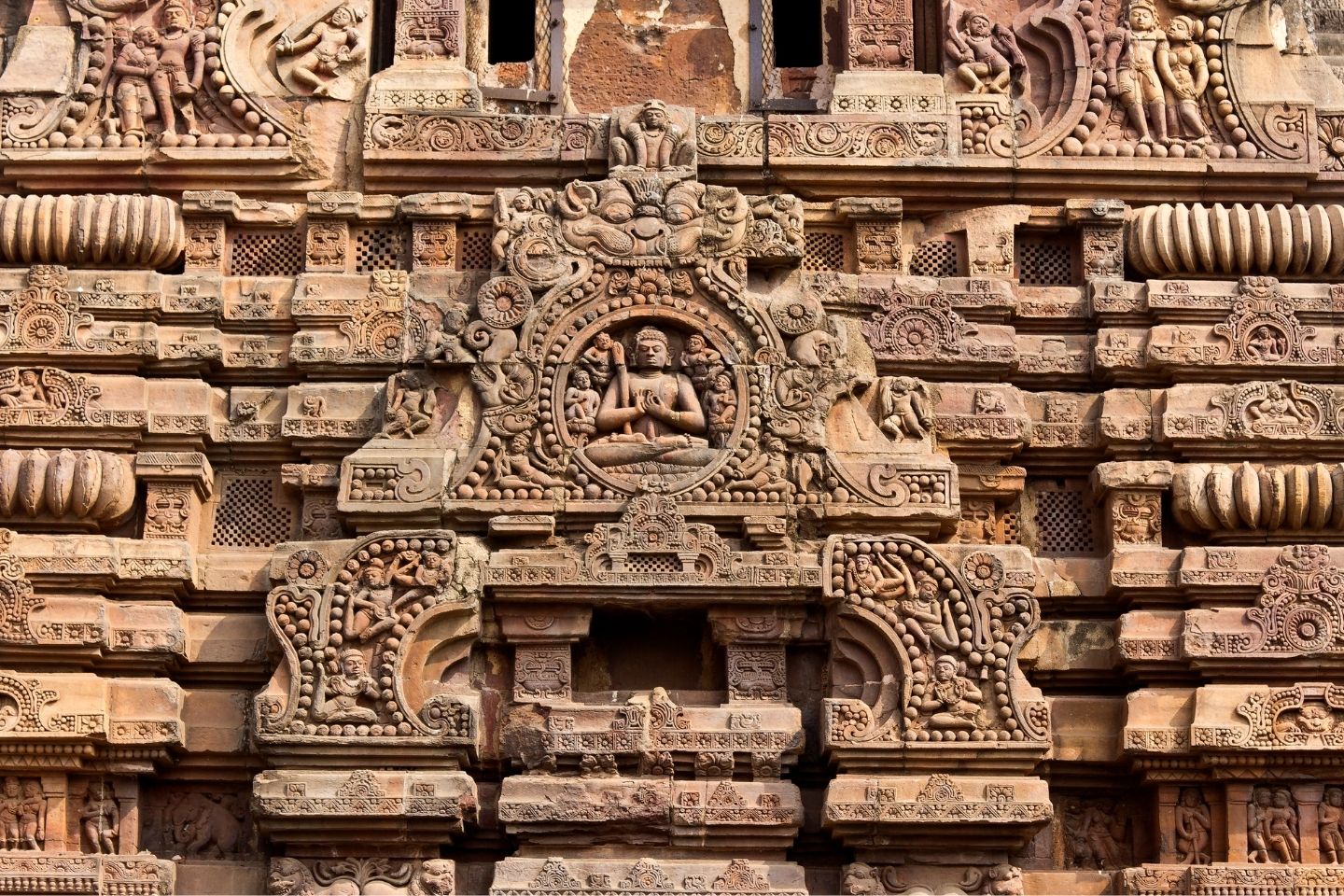
Built in the late 8th century, the Vaital Deul Temple is among the oldest temples of Odisha. Dedicated to Goddess Chamundi (Kali), it is revered by the followers of the tantric cult. It has a unique Khakhara style of architecture belonging to the Kalinga School of Temple Architecture.
The temple has a typical semi-cylindrical shaped roof and the rectangular Deul (tower) is positioned at a right angle to the Jagmohana (hall). The temple enshrines the idol of Chamunda behind a grille, who is worshipped as Goddess Shakti (the female life force) by the followers of tantric belief. Pilgrims and followers of the cult still visit the temple to celebrate specific festivals.
You can witness the beautiful carvings, Oriya scriptures, and intricate designs on the interiors and exteriors of the walls. Sculptures of Lord Ganesha, Narasimha, Naga, Devi Mahishasuramardini, and Goddess Parvati are loosely kept in the Jagmohana. The temple is of major interest to history buffs and archaeologists.
- Timings: 8:00 AM – 6:00 PM
- Entry Fee: Free
19. Nicco Park
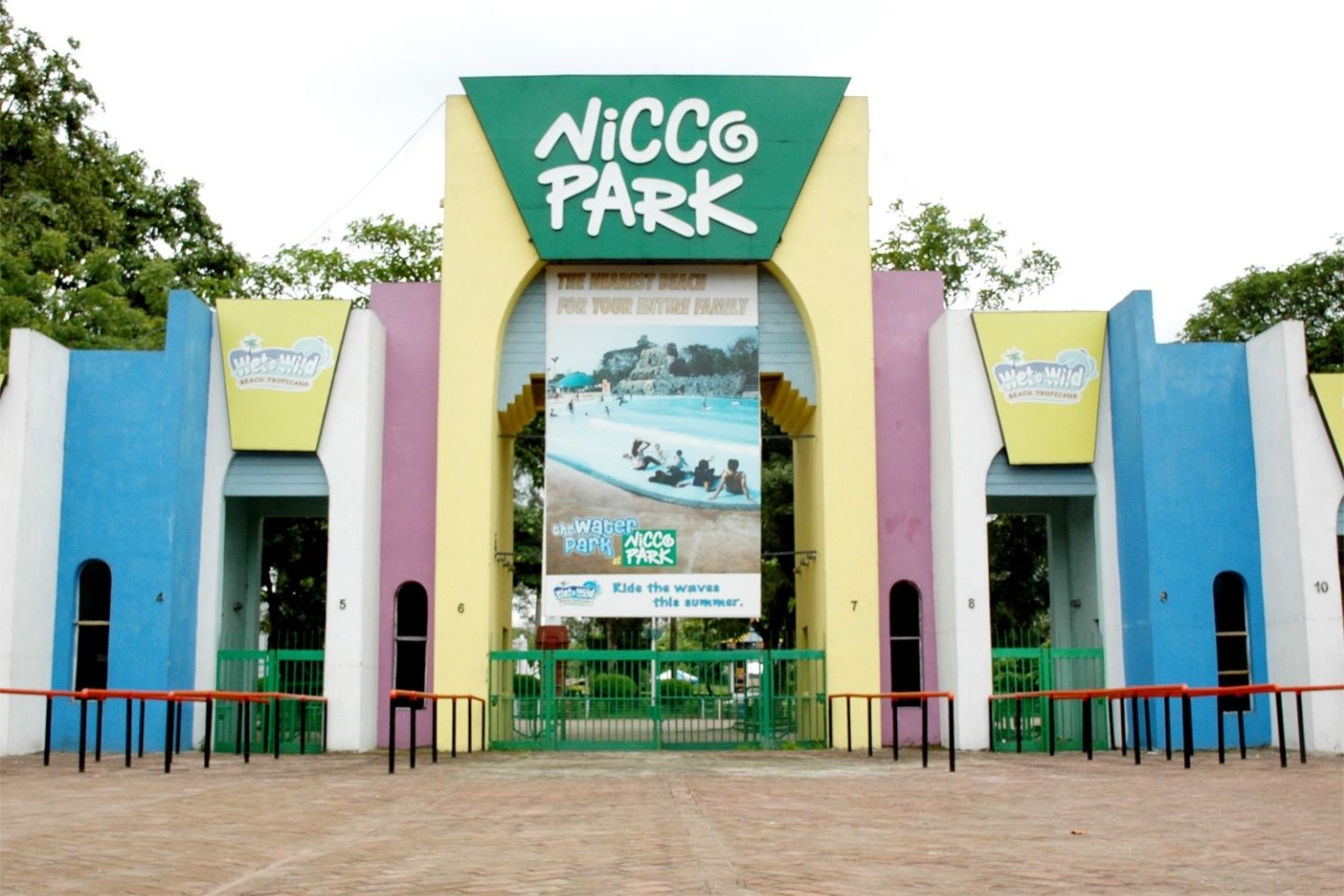
An amusement park perfect for adventure seekers, Nicco Park was built in 1997. It is the most preferred fun spot for locals and tourists. Constructed by BDA in association with Nicco Japan, the park comprises well-manicured gardens and fun rides. There is an artificial lake in the center of the park to add to its beauty. Visitors can also enjoy boat rides in the lake. You can spend a fun filled day with family and kids at the park exploring the various rides and swings at an affordable fee.
- Timings: 11:30 AM – 8:00 PM
- Entry Fee: Starting from ₹500 per person
20. Pathani Samanta Planetarium
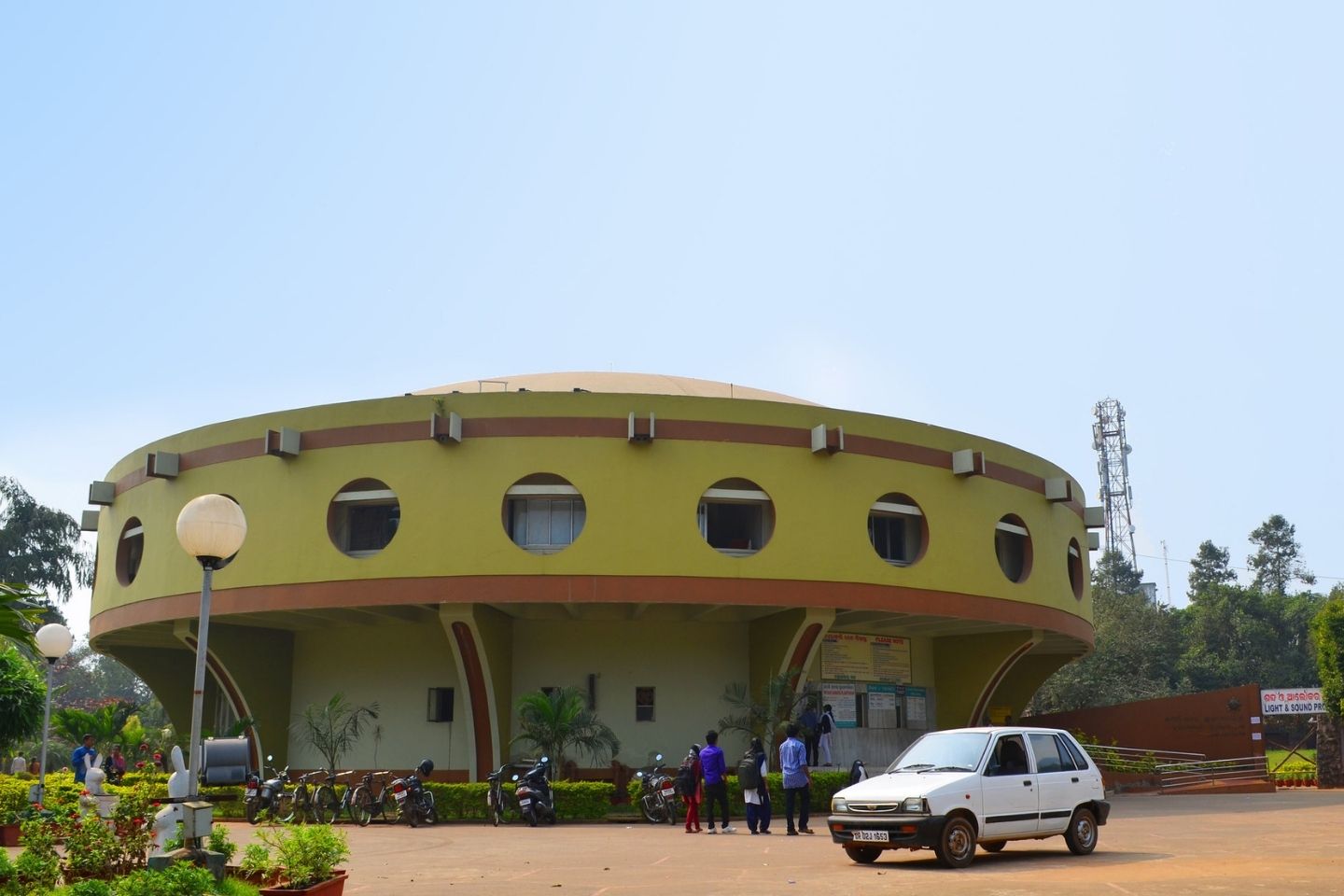
Located near Acharya Vihar square, Pathani Samanta Planetarium is named after the famous astronomer Pathani Samanta. It interests students and people interested in the study of astrophysics, astronomy, and space science. Featuring a fully equipped library it is a great place to acquire knowledge about technology, science, and the environment. You can enjoy various activities like night-sky viewing, poster shows, and audio-visual programs.
The planetarium runs four shows each day related to outer space in its theatre with a seating capacity of 130. Safe skywatch events are planned by authorities during a solar eclipse, lunar eclipse, and other major astronomical incidents. The planetarium was renovated in 2012 and equipped with Modern digital equipment for offering a better viewing experience. It remains closed on Monday but is frequented by school students for educational excursions throughout the week.
- Timings: 2:00 PM – 5:00 PM (Closed On Mondays)
- Entry Fee: ₹30 (Adult), ₹20 (Child)
21. Ananta Vasudev Temple
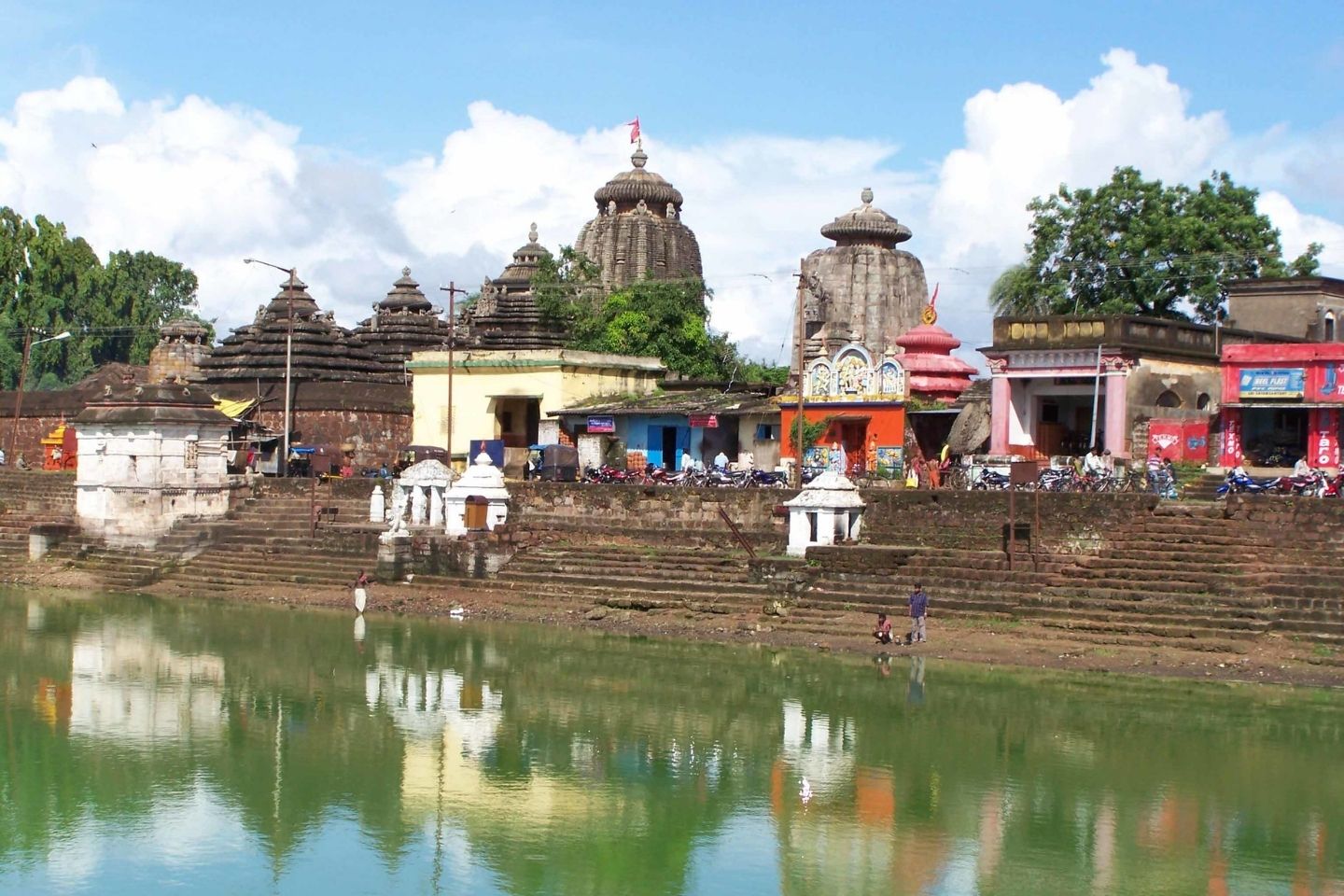
Built by Queen Chandrika of the Chodaganga dynasty in the 13th century, the Ananta Vasudev Temple is dedicated to Lord Vishnu. It is a Vaishnava temple constructed during the reign of King Bhanudeva at a site where Lord Vishnu had been worshipped from the days of yore. It was renovated in the late 17th century by the Marathas.
The temple holds special significance for all pilgrims visiting Bhubaneswar. As per legend, Lord Shiva moved into his abode at the Ekamra Kshetra after permission from Lord Vishnu. The tradition is followed by all pilgrims by visiting the Ananta Vasudev Temple before visiting the other temples in the city.
The west-facing temple houses the idols of Lord Krishna (Vasudeva), Lord Balarama (Ananta), and Goddess Subhadra made of black granite stone. The trinity idols are housed in the sanctum sanctorum and are different from those found in other temples. For example, Lord Balarama stands under a seven hooded serpent, while Goddess Subhadra stands on a jewel pot holding a pot of jewels and a lotus and Lord Krishna holds a mace, lotus, a conch, and the Sudarshana chakra.
The unique architecture and beauty of the idols enshrined in the temple attract tourists from across the world. You can visit the temple in August to attend the grand Janmashtami celebrations comprising prayers, devotional songs, and prasad. The temple has a kitchen where pure vegetarian food is cooked in earthen vessels as an offering to God and is later served to the visitors each day.
- Timings: 6:00 AM – 8:00 PM
- Entry Fee: Free
22. Khandagiri Caves
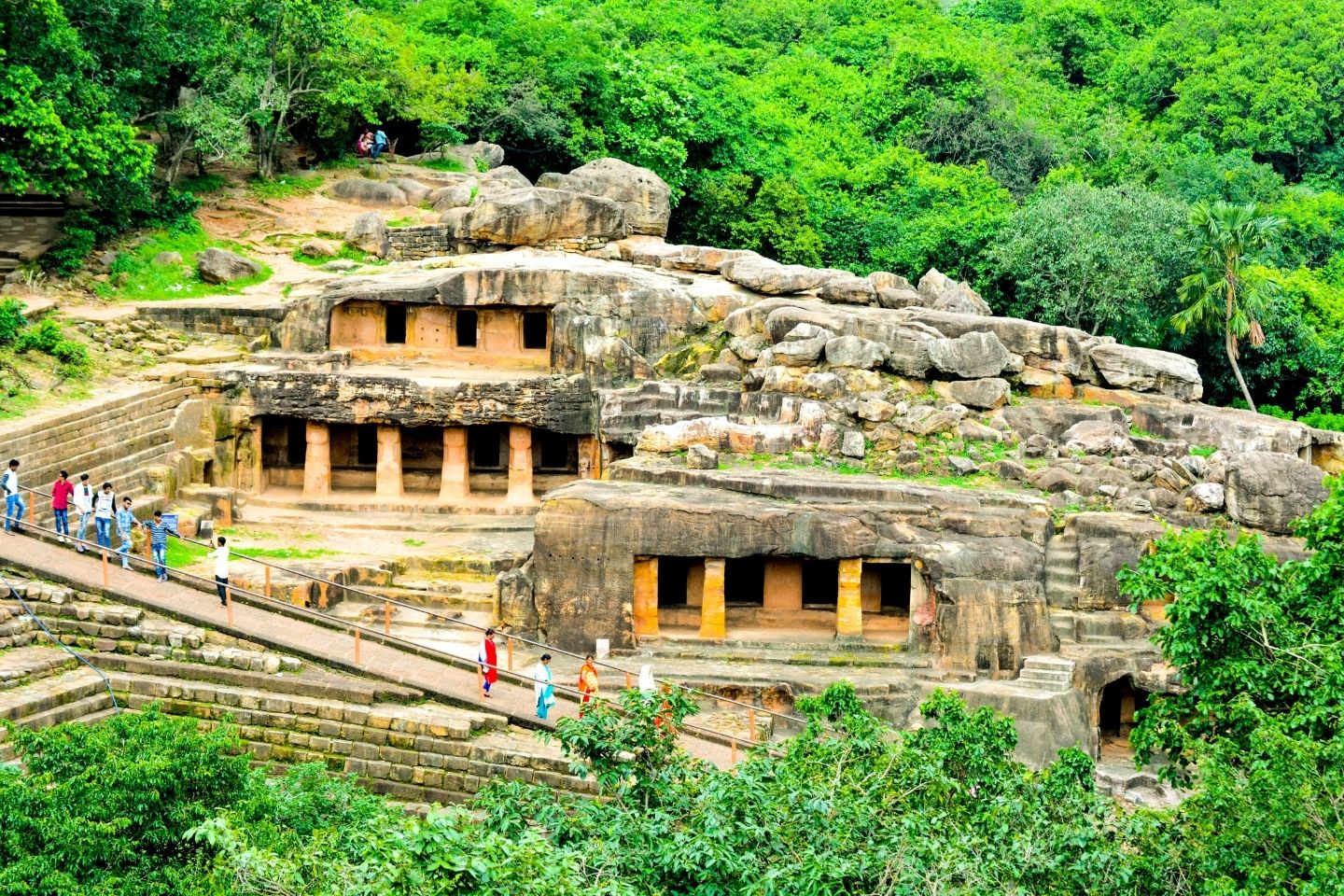
Located 7 kilometers away from Bhubaneswar, the Khandagiri Caves are ancient artificial structures from the 2nd century BC. These rock-cut caves were built by King Kharavela of the Meghavahana dynasty. They are decorated with intricate mythological carvings and regal inscriptions and are popularly known as Cuttack Caves. They were discovered in the 19th century AD by an on-duty British Officer named Andrew Sterling.
The caves had been carved in two hills of the Kumari mountain range for Jain monks to stay and meditate. One hundred and seventeen caves were built for them but only thirty-three out of them have been able to survive. You can witness Eighteen of them in the Udaygiri hill and the remaining fifteen in the Khandagiri hill. The Udaygiri Caves are managed and maintained by the Archeological Survey of India (ASI) and are of interest to archaeologists and history aficionados.
The Hathigumpha, Rani Gumpha, Ganesh Gumpha, and Vyaghara Gumpha are the main attractions of Udaygiri Caves. The famous among Khandagiri caves are Barabhuji Gumpha, Trushula Gumpha, and Ambika Gumpha. You must notice how the double storied caves have been exquisitely and precisely hand-carved with facilities for meditation, communication, and water supply.
- Timings: 8:00 AM – 5:00 PM
- Entry Fee: ₹25 (Indians), ₹250 (Foreigners)
23. Bhaskareswara Temple
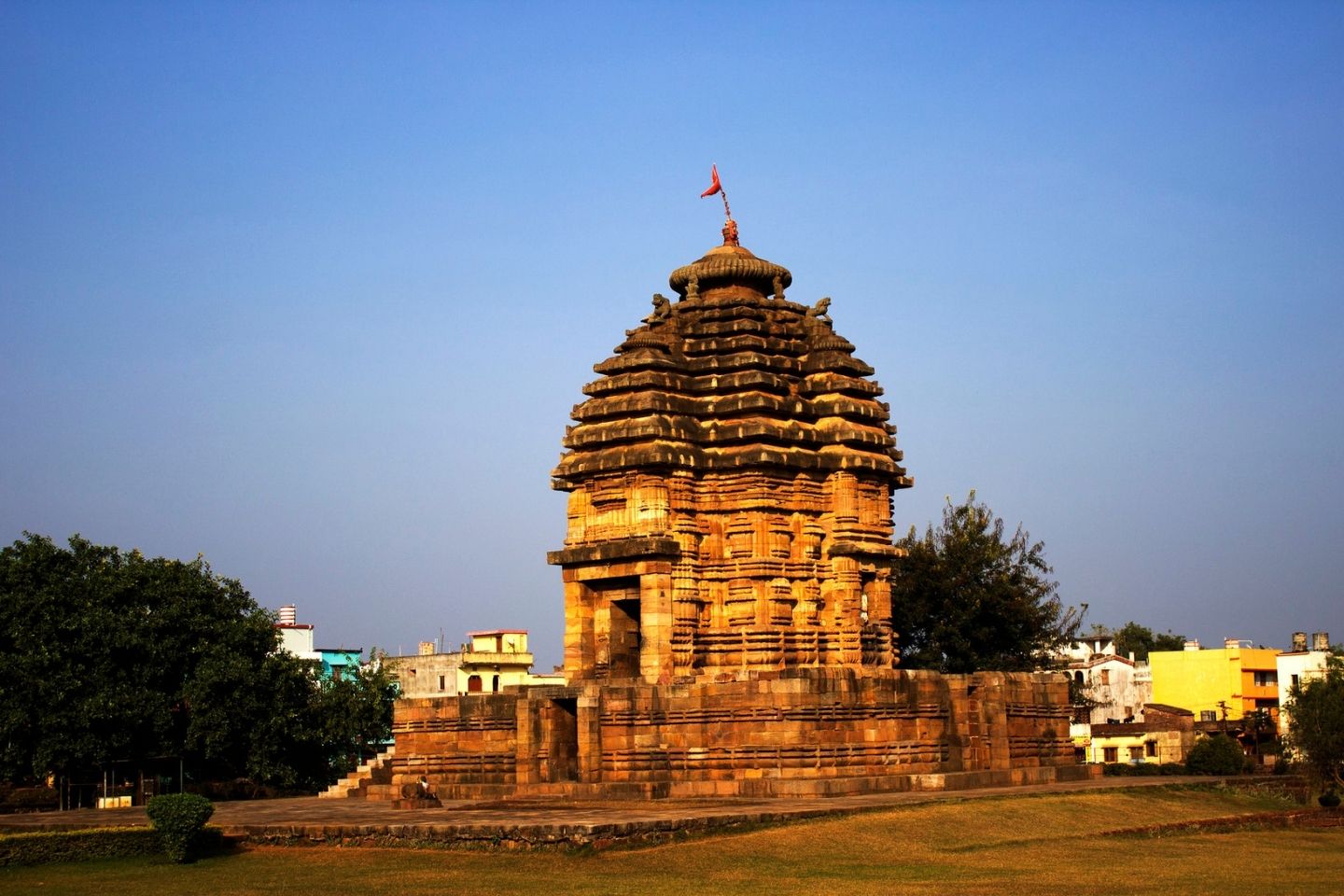
Bhaskareswara Temple is located towards the east of the old city, around 1 kilometer away from the Rajarani Temple. It was built by Ganga kings in the 12th century and has an attractive and unique architecture similar to that of a Buddhist Stupa. The ancient temple enshrines a 9 feet tall and 12 feet wide Shiva Linga. The local sacred texts describe the lingam as the Vrihalingam and it is believed to be growing in size each day.
The sanctum sanctorum houses the Vrihalingam which is accessible from both the stories of the temple. Idols of Goddess Parvati, Lord Kartikeya, and Lord Ganesha are set into the exterior walls of the temple. Some historians believe the temple was a Buddhist site as a railing pillar and a lion capital have been discovered in its vicinity. They believe the lingam is a shaft of the Ashoka Pillar that might have been erected at the site by King Ashoka while the temple has been built by demolishing a Buddhist Stupa.
- Timings: 6:00 AM – 10:00 PM
- Entry Fee: Free
Other prominent sightseeing places in Bhubaneswar

The magnificent architecture and spiritual symphony of Bhubaneswar are awe-inspiring. There are several must-visit places in the city and around the city. Some other tourist attractions you must explore are the pristine Ramachandi Beach around 80 kilometers from the city, the Ocean World Water Park in Kurang Sasan located around 22 kilometers away, and the Kharavela Park in Khandagiri suburb.
You can rejuvenate amidst nature at one of the many verdurous parks in the city including the Gandhi Park, IMFA Park, Netaji Subhash Chandra Bose Park, and Indira Gandhi Park. The plush lawns and splendid flower beds are soul soothing with a balmy ambiance.
To shop for gifts for family and friends visit the Esplanade One Mall. Being India’s sixth-largest mall and the largest in Odisha, it is the perfect place for self-indulgence. For those interested in buying handicrafts and ethnic products, the Ekamra Haat is a great place to shop for bamboo products, stone carvings, terracotta, and Dhokra Art items. It is promoted by the Odisha state government to support the livelihood of local artisans.
You can try authentic Oriya food at Shohala Ana Odia, Dalma Restaurant, and Truptee Restaurant. Local dishes and street food such as Bada Ghuguni, Gupchup, Machha Jholo, Chat and Dahi vada with aloo dum are widely available around all tourist spots.
Remember to satiate your sweet tooth with delectable deserts of Odisha like Pithas, Rasabali, Chenna Gaja, and Chenna Poda. The state is the origin of the world-famous Rasagola which is a recognized Geographical Indication of India.
Takeaway
The city of Bhubaneswar is pillared by its age-old culture and tribal traditions. The city retains its antique essence as it moves along with the rapidly changing world. It is a great place to witness the best of the developing times and bygone eras. The city thrives on tourism activities as much as on the industrial operations prevalent in the region. It forms the popular ‘Golden Triangle’ tourism route along with Puri and Konark, welcoming thousands of tourists from across the globe each year. It is a haven of heritage from the alluring Kalinga temples to the glistening Sambalpuri Saris and the folk art of colorful Pattachitra.

